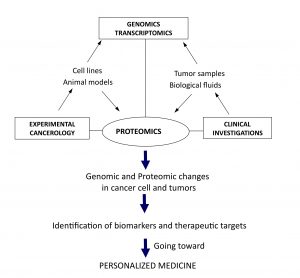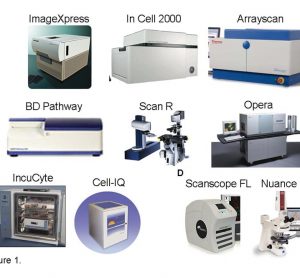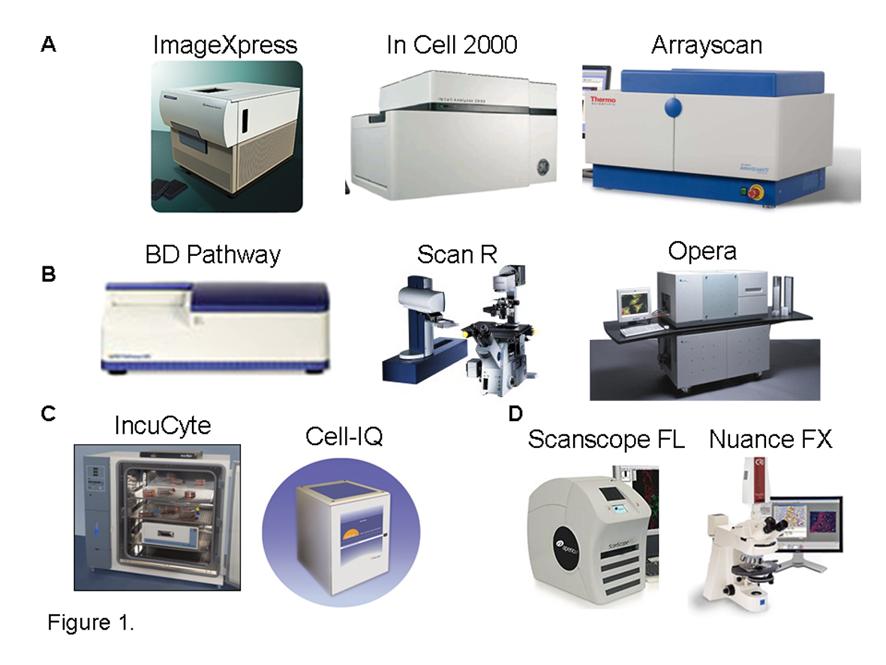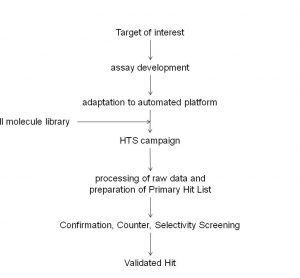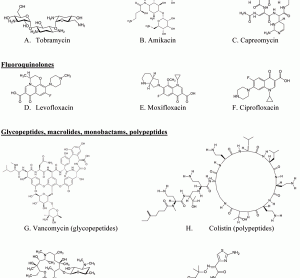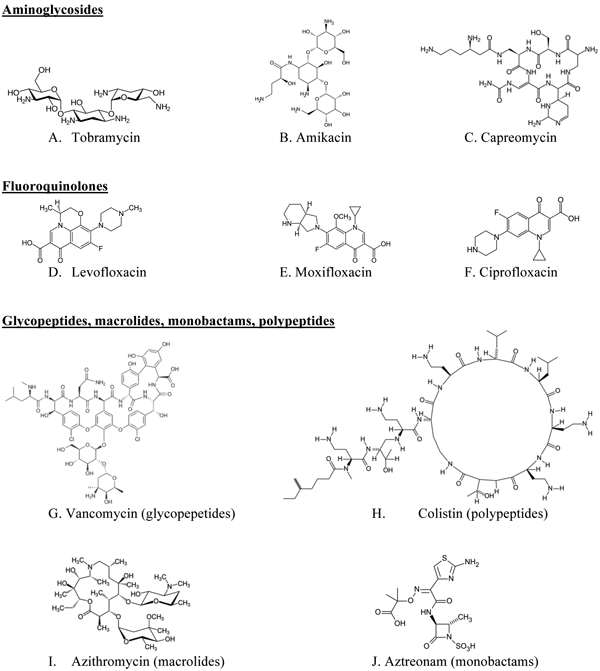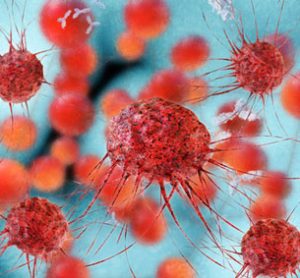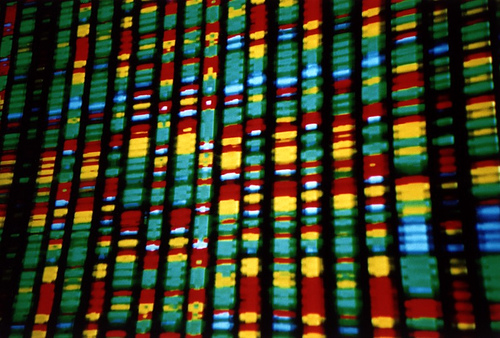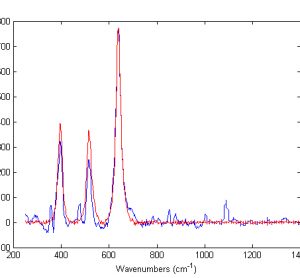Proteomics and target identification in oncology
16 February 2011 | By Hubert Hondermarck, Professor and head of U908 INSERM research unit – Growth factor signalling in breast cancer – functional proteomics, University of Lille
The recent progresses in the field of proteomics now enable large scale, high throughput, sensitive and quantitative protein analysis. Therefore, applying proteomics in clinical oncology becomes realistic. From the analysis of cell cultures to biological fluids and tumour biopsies, proteomic investigations of cancers are flourishing and new candidate biomarkers and…



